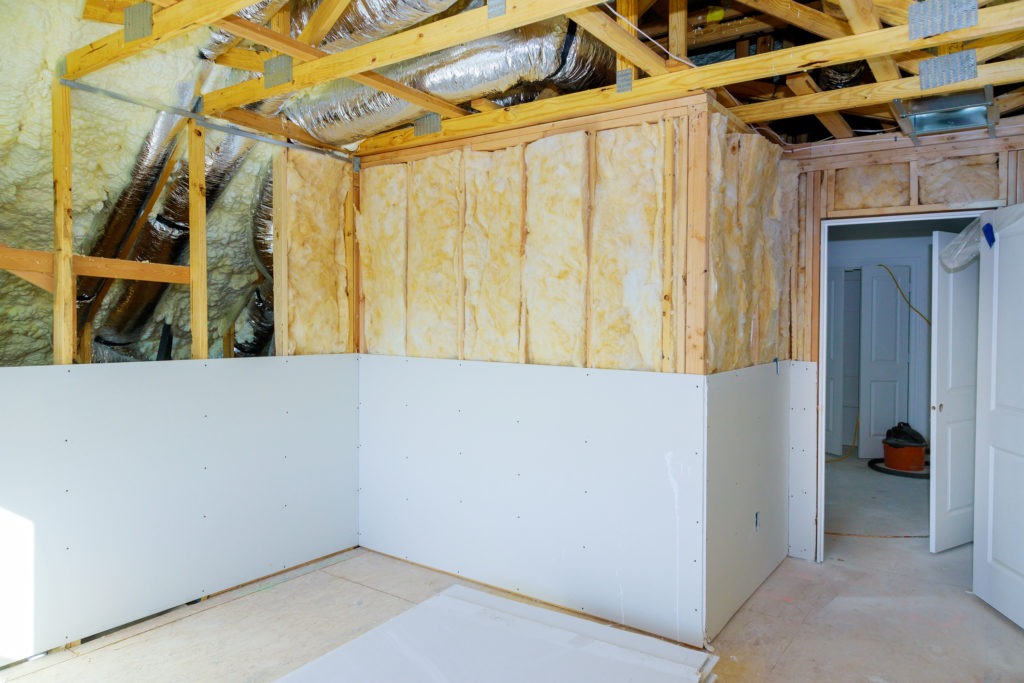Mistakes can happen. For contractors offering design-build or construction management services, Professional Liability insurance can cover economic losses and the costs of repairs.
While Commercial General Liability insurance covers financial losses due to bodily injury or property damage, Professional Liability insurance ordinarily protects construction companies for design mistakes, and errors and omissions.
For example, maybe you design an office building, and a mistake was made with placing the HVAC ductwork. What if that new ductwork blocks access to a pipe and this is discovered at the most inconvenient moment, when that pipe starts to leak, maintenance can’t reach it and damage ensues?
Or perhaps the cosmetic brick façade on a bridge project starts to crumble a week after completion and the project was yours from design to installation. The client will be looking to you for answers. If the wrong choice of materials caused the problem, professional liability insurance would probably cover you.
Another possible situation: you or a subcontractor have missed a life-safety system like fire panels and pull stations in the project design. Or you haven’t shown electrical panels and devices. Omissions like these can lead to change orders during construction and possible construction delays.
The scenarios are endless. That is why when contractors are involved in design or when a project requires hiring subcontractors to perform specific professional services – say engineers, or architects – Professional Liability insurance is a must for protection and peace of mind.
One important fact: a professional liability policy will typically only cover the professions specifically spelled out on the policy. Be sure to include all of the services you, your team and your subcontractors are responsible for.
What is typically excluded?
Professional Liability Insurance is usually based on an “all risks” basis, meaning that all risks are considered covered unless specifically excluded. Typical exclusions include malicious, dishonest, criminal, or intentional acts as well as:
- Failure to complete a project on time
- Deliberate noncompliance with laws and regulations
- Performance guarantees
- Fraud
- Ownership, use or maintenance of mobile vehicles, such as automobiles, watercraft, or aircraft
- Products made by the insured
- Faulty workmanship (this is typically considered a construction risk rather than a design risk, although some carriers will cover faulty workmanship)
- Pollution
- Governmental actions/war
- Contractual Liability
A Professional Liability policy often excludes coverage for contingent bodily injury or property damage. For example, if a contractor gives advice to a window washing company on using their fall protection equipment and it fails, causing a worker to fall, the incident would probably not be covered.
How do I choose the right amount of coverage?
Similar to Pollution coverage, the premium rating for Professional Liability Insurance is based on the company’s annual revenues or sales.
Policies vary from carrier to carrier so ask your risk management company to explain the fine print and the coverage and limits that fit your particular situation. In addition to the policy defining all of the services your firm and subcontractors perform, consider the following:
- Do you have coverage required by your contractual obligations?
- Is the agreement broad enough to capture your current and future projects?
- You can choose coverage that includes liability plus defense costs or just liability, with the option to provide coverage for defense costs “outside the limit.” There are usually always defense costs with a liability claim, so for maximum protection, choose the latter.
What is the typical length of a policy?
Professional Liability insurance is issued on an annual basis. Be prepared to renew your policy every 12 months from the time of purchase. Another option: purchase the insurance on a claims-made or occurrence basis.
What happens if there are changes with my company?
New applications are required at the time of each policy renewal period, making it the ideal time to revisit any changes, such as the scope of exposure or a change in your company’s profitability.
Any hypothetical claim scenarios on this website are for general information only. Customers and policyholders are hereby advised that MRG does not represent that insurance coverage for the hypothetical claim scenarios is guaranteed to any insured, or are consistent with any present, future, local, state, or federal statutes, administrative rules, or prevailing case law. The descriptions of insurance coverage and hypothetical claim scenarios are general in nature and are not a replacement for actual policy language. Each customer and policyholder should refer to their current insurance policy and insurance carrier to verify coverage.

